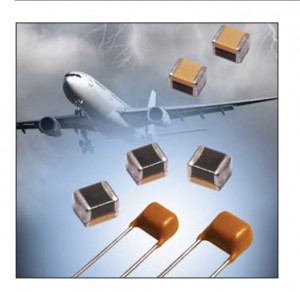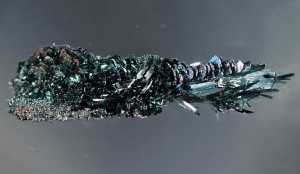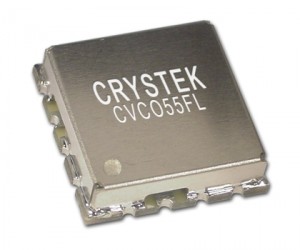AVX has introduced the radial leaded CapGuard automotive series of combined multilayer varistor (MLV) and high capacitance, temperature stable X7R multilayer ceramic capacitor (MLCC) technology in a single, hi-rel device.
The CapGuard Series exhibits bi-directional transient voltage protection, excellent EMI/RFI attenuation over a wide frequency spectrum, and multi-strike capabilities in a compact, radial configuration with a conformal epoxy coating that provides enhanced resistance against harsh environments, mechanical shock, and vibration.
Qualified to AEC-Q200, the devices exhibit exceptional current and energy handling capabilities, and are suited to protect sensitive electronics from high voltage transients, as well as to filter out high frequency EMI/RFI noise generated by switch mode power supplies, motors on DC lines, I/O lines in electronic circuits, inductive switching, relays, and other applications.
“Our new radial leaded CapGuard Automotive Series devices allow design engineers to protect sensitive components against high voltage transients, and filter out unwanted EMI/RFI noise from the circuit, with a single, dual function component,” says AVX’s Jiri Machanicek, “built for durability in harsh environments, CapGuard Series devices are the ideal choice for applications that require EMI filtering, surge protection, high reliability performance, enhanced mechanical resistance, and the conservation of board space.”
The CapGuard Automotive Series is currently available with two working voltages (26VDC and 45VDC), two capacitances (0.47µF and 1µF), both with ±20% tolerance, and two energy ratings (0.6J and 0.7J).
Rated for operating temperatures spanning -55°C to +125°C, and ESD-rated to 25kV (HBM ESD Level 6), the RoHS compliant series is available in two sizes: 20 and 21, both of which measure, at a maximum, 5.99mm wide, 7.49mm high, and 4.5mm thick, and have a lead diameter of 0.508mm. Lead spacing for size 20 parts with straight leads is 2.54mm, and lead spacing for size 21 parts with kinked leads is 5.08mm.
CapGuard Automotive Series devices can be shipped in bulk or on one of two standard tape and reel packaging options. Lead time for the series is 27 weeks.







